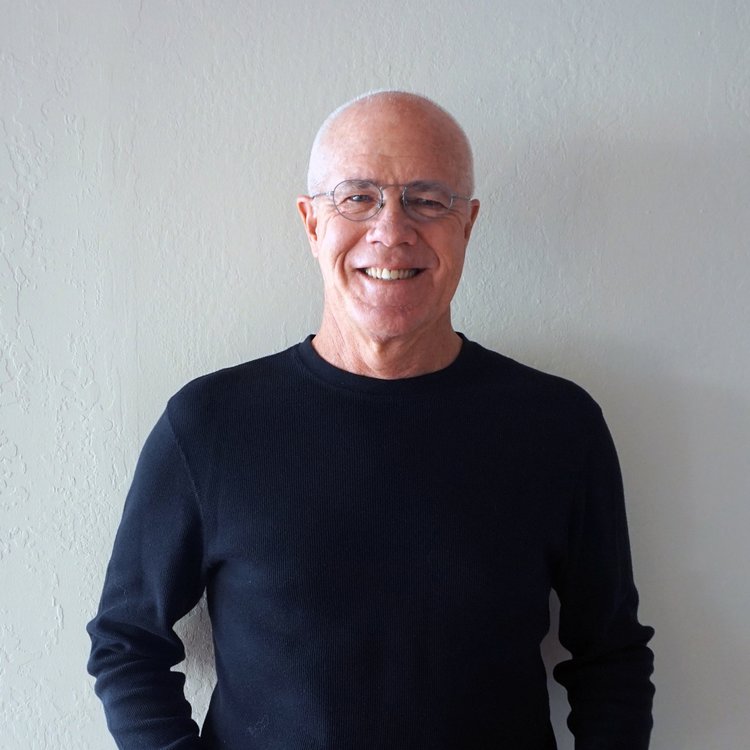First Hit: The paintings are magnificent.
I was thoroughly impressed with the paintings on the walls of the cave which were over 30,000 years old and I was also very unimpressed with the way this information was presented by the “experts”.
The intended or unintended arrogance of the French professors and scientists, who are the only people having the extremely limited access to these caves, with their descriptions as to how they thought people lived and why they painted some 30,000 plus years ago took away from the film.
At times I sat there and said to myself “stop talking” and “quit giving me your myopic impression” of what I’m seeing. They didn’t let the paintings just live and let the audience have their own experience. I kept getting that we needed to learn their perceptions and take them as the truth.
I thought the use of 3-D in the caves added to the experience and was very pleased as to how it was used. Because the caves were found in 1994, I couldn't help but wonder if there are more interesting and amazing caves, hiding previous life, around the world.
While watching I wondered what was used to make the paintings. Maybe I missed it but I’m not sure we were ever told. Lastly, I thought the “Postscript” was unnecessary and again led the film in a direction that added little or nothing to the subject at hand, the paintings.
Werner Herzog wrote and directed this film and therein lies the strengths and weaknesses of this film. He got some great footage of these amazing paintings and of the caves, but a collaborator with a differing perspective might have added to the wholeness of the film as it seemed to follow a single track.
Overall: If you see this film, you must see it in 3-D as it brings these paintings to life.
